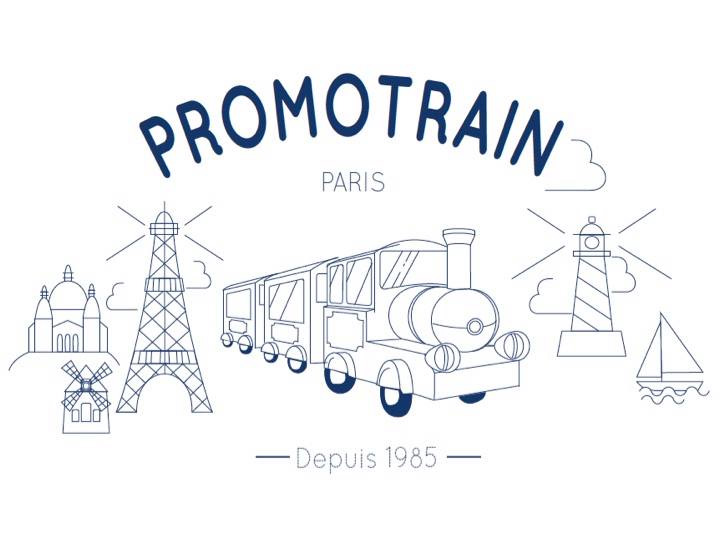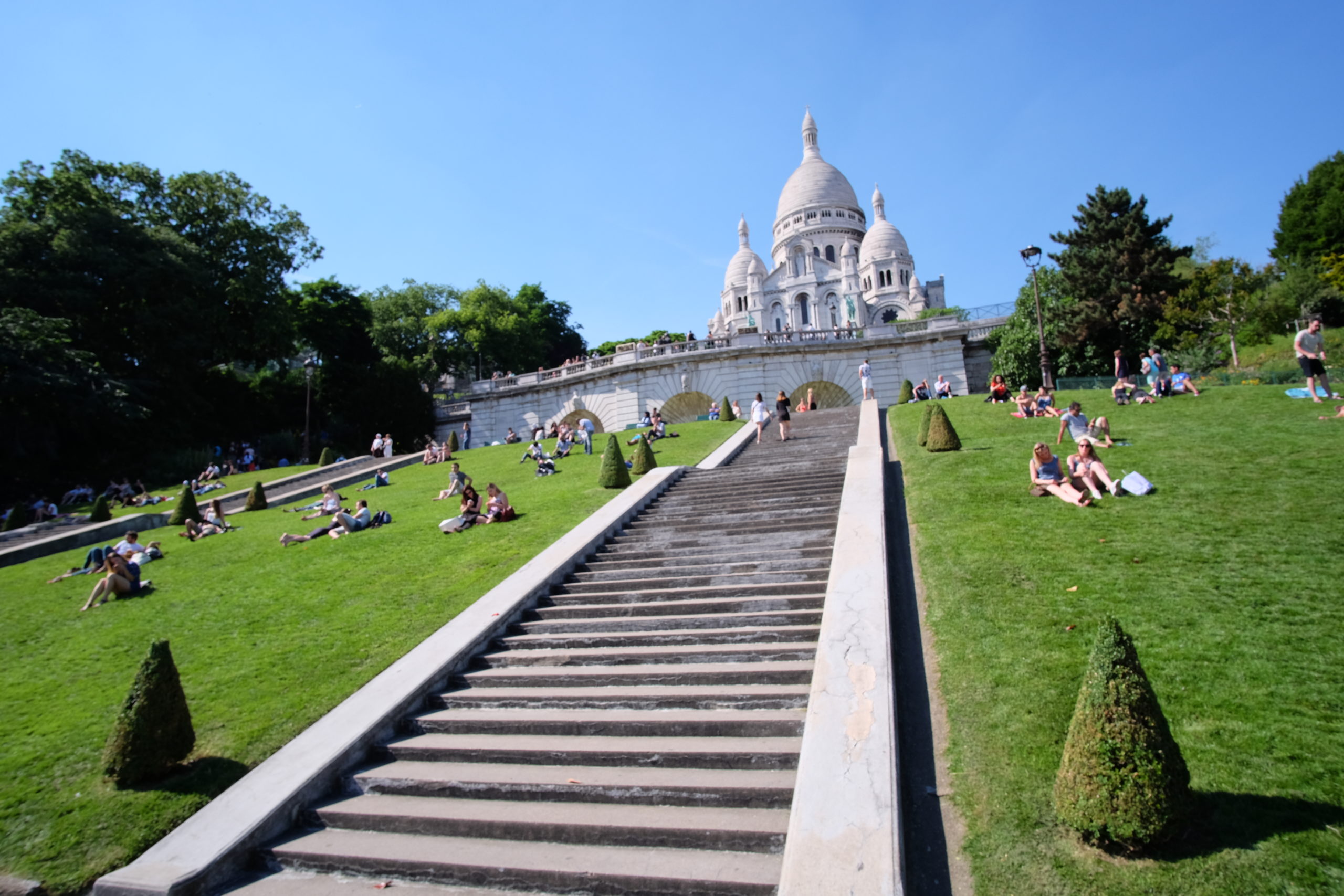20 Mar Visiting Montmartre: What’s not to be missed.
Montmartre is the ultimate romantic and artistic neighbourhood of Paris. Perched on the butte, the highest point of the capital, the ancient village of Montmartre unveils its treasures and its history all along its streets, its historical monuments, its cafe terraces and its out-of-the-ordinary places. Come visit Montmartre and its essentials by following the charming walk that we suggest.
The Abbesses Square
Step out of the metro station Abbesses, the deepest one in Paris, by taking 176 stairs to discover its frescoes that adorn its walls. The whole visit of Montmartre must begin at this picturesque and historical square. After the climb, catch your breath by observing the teeming life, its cast-iron lamp posts and the Wallace fountain. It’s an excellent introduction to the discovery of Montmartre.
The Wall of I love you
The next meet-up a few steps away, at the Jehan Rictus square. It’s here that you will find the very famous “Wall of I love you”, constructed on a surface area of 40m2 out of 511 glazed lava tiles. Here, “I love you” is engraved in 250 languages and rare dialects. Designed by Frédéric Baron and Claire Kito, this monument dedicated to love is a necessary romantic walk of any visit to Montmartre.
Montmartre hillock: funicular or climb on foot?
You can choose the funicular, inaugurated in 1990, that takes you to the summit of the hill in 1 minute 30 seconds, or reach the summit on foot and find wonders on your way. On your way up to the summit of the butte, stop at the Dalida square to admire the bronze bust of the singer. Then, at 2 Rue Abreuvoir, you will discover the Pink House, a famous meeting spot for artists of the XIX century. Continue your visit and stop by at the cemetery of Montmartre, set up on the old quarries of Montmartre. It’s home to the tombs of artists evoking the very soul of the neighbourhood: Berlioz, Degas, Truffaut, and even Dalida.
La Place du Tertre in Montmartre: the highest point in Paris
So you arrive, without even realising it, at the Tertre square, the heart of Montmartre. You will find yourself at the highest point in Paris, at an altitude of 130 metres. The most important square of the old village, now home to painters and their easels, it is visited every day by thousands of tourists. You will effortlessly find calm sneak up in the adjacent streets, and you can pass by to see the Passe-Muraille, the famous heroes of Marcel Aymé.
The Basilica Sacré-Cœur and its view over Paris
A few metres from the Tertre square, stands the Basilica of the Sacred Heart, a true symbol of the Montmartre hillock. Montmartre has always been a place of worship; there were successive Gallic Druids and Roman temples until the construction of the Basilica of the Sacred Heart began in 1873 was completed in 1914. It can be spotted from far away, by its whiteness and its imposing Romano-Byzantine style architecture. It is impossible to visit Montmartre without exploring the interiors that house the biggest mosaic in France, and a dome reaching 50 metres, the second highest summit of the capital after the Eiffel Tower. From its courtyard at the entrance, right on top of the stairs leading to the Willette square, you can enjoy one of the most spectacular views over Paris.
Take the opportunity to discover other more confidential religious sites like Saint-Peter’s parish of Montmartre, one of the oldest Gothic churches in Paris or Le Cimetière du Calvaire, the smallest Parisian cemetery.
The vineyards of Montmartre: an unusual visit.
Surprising but true, Montmartre produces its own wine! As a matter of fact, 3250 vines were planted in 1930 at the corner of Rue des Saules and Rue Saint Vincent. It was about countering the real estate expansion which worried the inhabitants whose village had been annexed to Paris in 1860. The wine is called “le Clos Montmartre”, it produces around 500 litres per year. A property of the city of Paris, it is possible to buy some in exchange of social work in the 18th arrondissement. The Montmartre vineyard is an opportunity to discover a rare and unusual place. But watch out, the visit is to be earned since the place only opens its doors to visitors on rare occasions, such as Heritage Days or the harvest festival which takes place every year in October.
There is so much to see, to admire, to discover, that one single visit is not sufficient to cover it all. From its unmissable spots to the most secretive nook and crannies, Montmartre is always a passionate history to meet.




No Comments